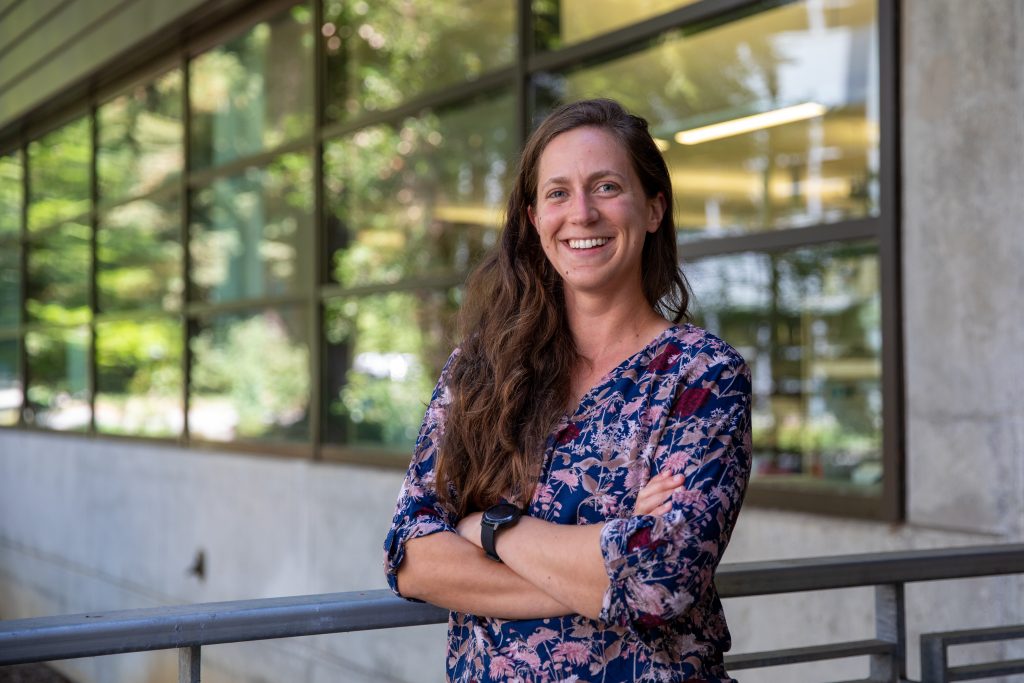New faculty profile: Margaret Zimmer studies the movement of water across landscapes

Margaret Zimmer joined UW–Madison as a visiting associate professor in August 2024. She became an associate professor in the Department of Soil and Environmental Sciences in April 2025.
Where did you grow up?
I was born and raised in Portland, Oregon.
What is your educational/professional background, including your previous position?
I received a bachelor’s in environmental studies (minors in economics and geology) from Oberlin College in Ohio. I then received a master’s in earth sciences from Syracuse University and a PhD in earth and ocean sciences from Duke University. Prior to joining UW–Madison, I was an associate professor at the University of California, Santa Cruz and then a supervisory hydrologist for the US Geological Survey Upper Midwest Water Science Center.
What is your field of research, and how did you get into it?
I am a hydrologist (water scientist). During my freshman year of college I had a summer internship at the University of Alaska Fairbanks where I got to ride an ATV in the boreal forest zone, collecting water, soil, and gas samples. I fell in love with field research and specifically the idea of a career studying what drives the quality and quantity of water on Earth’s surface.
What are the main goals of your current research program?
We are broadly interested in understanding how water moves across our landscapes, and the ecological and biogeochemical implications of that water movement. We are interested in this topic across a range of landscape types, from agricultural systems to forested landscapes and coastal zones.
What was your first visit to campus like?
It was absolutely wonderful – my campus hosts introduced me to the wonders of cheese curds, Spotted Cow and beautiful Terrace views!
What’s one thing you hope students who take a class with you will come away with?
Fresh water is a finite resource that is not equally distributed across Earth, which creates unique place-based challenges for water availability and accessibility for people. These challenges require creative, interdisciplinary solutions.
Do you feel your work relates in any way to the Wisconsin Idea? If so, please describe how.
Water is central to many of Wisconsin’s biggest industries. There is also considerable variability in the quality of our public and private drinking water resources across the state. Thus, understanding water resource quality and quantity issues within our state is critical for ensuring we have enough clean water for our collective needs. Merging hydrologic research and education at UW Madison ensures we are helping to produce a strong workforce that is equipped to find solutions to our state’s most critical water resource challenges.
What’s something interesting about your area of expertise you can share that will make us sound smarter at parties?
If you were to take all of the water on Earth – from all the oceans, lakes, ice burgs, etc. – and proportionately scale it to the size of the Empire State building (1250 feet in height), the available fresh surface water would only comprise 1 inch of the 1250 feet. Most of Earth’s water is salty ocean water that is not readily consumable.
What are your hobbies and other interests?
I love discovering new (to me) water bodies, trying new food, listening to live music, and spending time with family and friends.

